30-second summary:
- To convert bottom-funnel prospects, must combine data-backed remarketing with product experience demonstrations, exclusive offers, and relevant upsell opportunities. The first one determines who you should target while the rest three explain how to target them.
- Dynamic remarketing on (Facebook and Google) allow you to target prospects who have previously visited your website or app with a call-to-action to make an immediate purchase.
- Product demos, customer reviews, testimonials, etc. work best when they are personalized, showing how your product can help a prospect overcome similar problems that they may be facing.
- Use special offers and discounts as last-minute nudges to convert prospects.
- Pre-purchase cross-selling/upselling can work well if you apply non-aggressive strategies.
The toughest prospects lie at the bottom of the marketing funnel. The lowest rung is the stage where prospects take the action of conversion. That makes it a hot battleground. At that stage, the prospect is already aware of all their options. Marketing to them is a matter of conviction, giving the last nudge that leads them to make a purchase decision in your favor. There are no sales if you can’t convert bottom-funnel prospects.
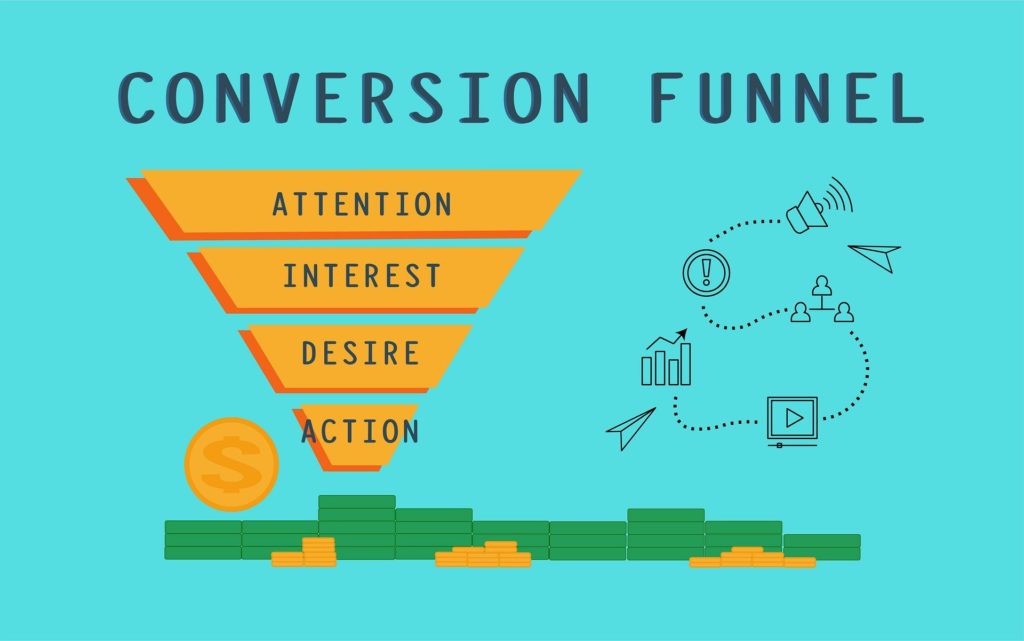
Source: Pixabay
The further down the funnel a customer goes, the more you should position your product as the utmost solution that they need. For this, you must combine remarketing with product experience demonstrations, exclusive offers, and relevant upsell opportunities. The first one determines who you should target while the rest three explain how to target them.
1. Remarketing/Retargeting ads
The entire idea behind remarketing is to recapture the interest of brand-aware sales prospects and convert them the next time around. It’s the perfect BOFU strategy, and it works best for ecommerce stores. It’s not as easy as it seems, though. BOFU remarketing should aim at straightforward conversion and not just to make the prospects learn more.
For instance, if you have an ecommerce site, your retargeting strategy could include a call-to-action with a direct link to check out (if the prospect already has products in their cart) or to quickly add products to their cart (if they had previously only browsed your store). Those are called dynamic ads by Facebook (or dynamic remarketing by Google) and used by many ecommerce stores to display ads that include products that people have viewed on their website or app.
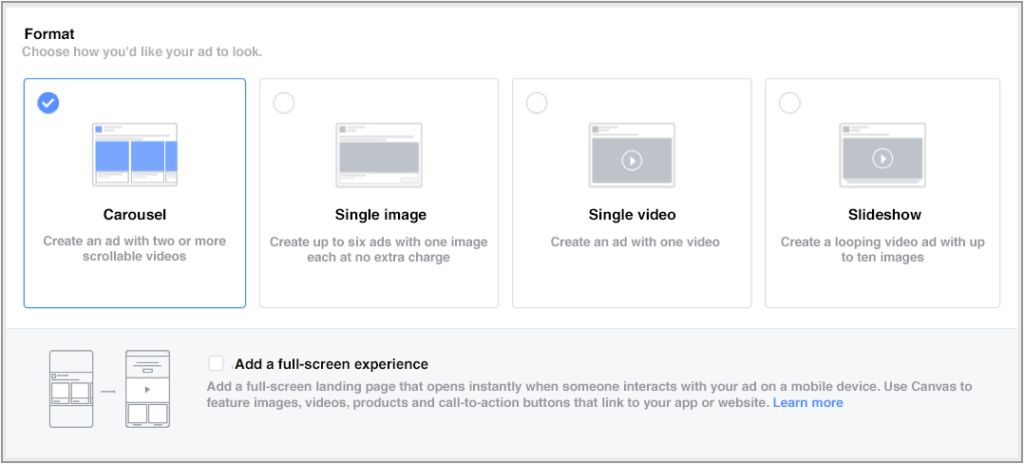
Source: Facebook Dynamic Ads formats
When setting up remarketing ads with Google Display Network or Facebook Ads Manager, you can set goals based on actions you want customers to take, such as buying on your website or calling your business directly (customers may require support to complete a purchase, particularly in B2B marketing).
2. Demonstrate implementation
The BOFU is your ultimate chance to argue your case for your product and show, not just why it’s better than its competitors, but primarily how it can help the prospect.
In displaying testimonials and video demos, personalization remains sacrosanct. Show each prospect a review or a demo that matches their particular needs. This works best if you have previously collected some information about the prospect (at the TOFU and MOFU stages).
If your product addresses customers across multiple industries, for instance, display industry-specific use cases, demos, customer stories, and reviews. A prospect will be more encouraged to convert when they see how your product has helped other people who had similar needs to theirs. You must show them.
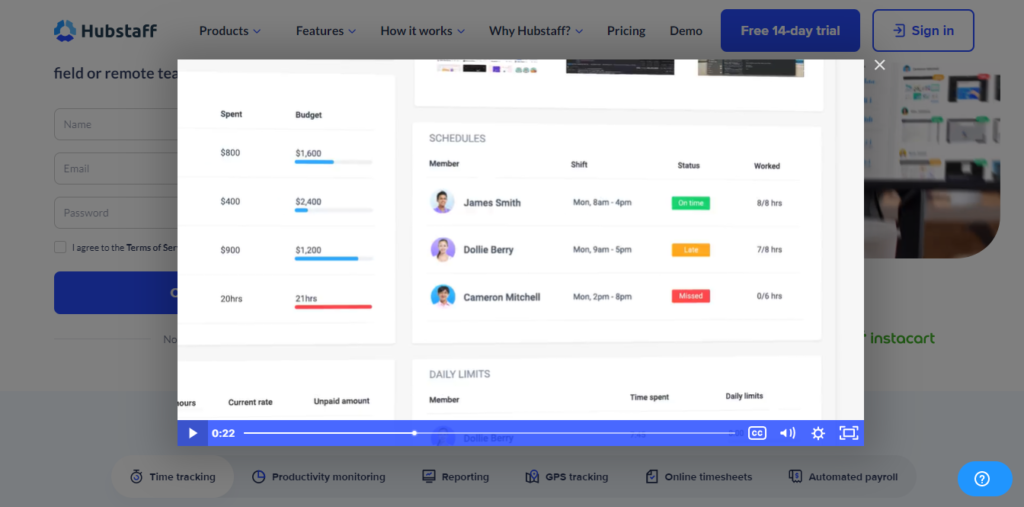
Source: A Hubstaff demo video runs on its landing page
Mind you, demonstrating implementation for B2B products is not limited to content. It can also come as an offer for consultation. Consultations allow you to collect valuable data and understand your prospective customer while also giving you a direct chance to break down how your product helps them solve their specific problems in a way that online ads can’t.
3. Offer a discount or special offer
BOFU marketing aims to make a prospect at the decision stage one irresistible offer that tilts the balance of their conviction towards your product. Special offers can help you achieve this. For instance, offering free delivery or free installation when your competitors charge for the same service may win you many more customers/clients than otherwise.
Customers love discounts. According to the 2020 Valassis Consumer Intel Report, 60% of customers claim that coupons lead them to try new products while 53% admit that coupons can make them choose a brand they would typically not patronize. More so, 72% prioritize saving money by using coupons/discounts.
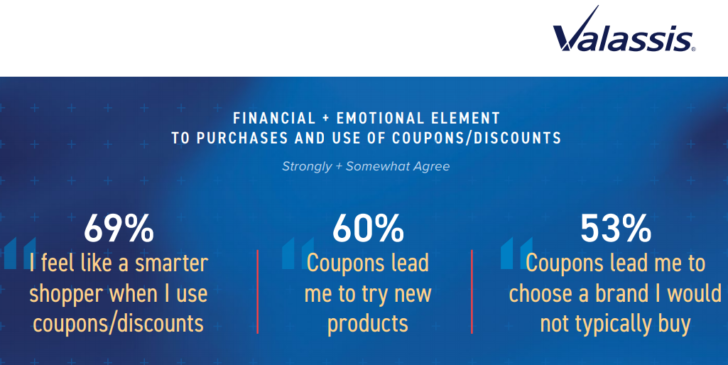
Source: Valassis
While incentivizing prospects to make a purchase is perhaps the most common strategy, it’s not always effective. Especially during times like the holiday season when there is no shortage of discounts. You need a distinct plan to get ahead and convert bottom-funnel prospects.
Discount pricing is not just about throwing offers around indiscriminately. It requires careful strategizing. To make discounting successful, you need to know the kind of special offers that work for your audience best. A/B testing comes in handy here. It can help you determine if free shipping works better than, say, a 10 percent discount or a freebie for your audience.
4. Pre-purchase cross-selling or upselling
It seems counterintuitive to offer a prospect an additional (even more expensive) item when they are not yet convinced to purchase the main product. Marketers usually wait until a lead is converted before upselling to them. Pre-purchase cross-sells/upsells are tricky, which is why many marketers avoid them, you don’t want to scare off an already convinced customer by asking them to shell out more money for an expensive addition. On ecommerce websites, pre-purchase cross-sells/upsells are usually displayed on the product page, cart page, or checkout page.
Doing it right requires tact. Pre-purchase cross-sell/upsell opportunities must be:
- Relevant – They work best with complementary products.
- Easy to turn down – You want to appear as non-aggressive as possible to avoid turning your prospects off.
- Easy to accept – When a prospect is only one click away from conversion, extending the process may make you lose the prospect. Ecommerce companies are now opting for one-click upsells that add no extra step to the purchase journey.
See the examples below. Both are cross-selling/upselling offers for relevant products. While the first one elongates the purchase process but makes declining very easy, the second one is more optimized with its one-click checkout options either way.
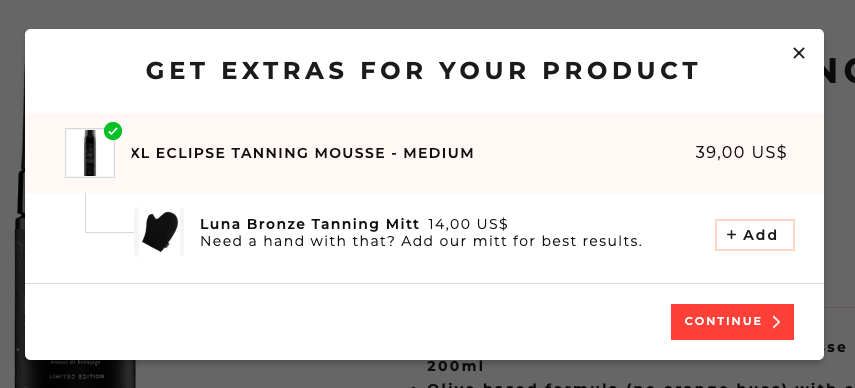
Source: DigiSmoothie

Source: Zipify
Conclusion
Creativity matters more than intensity when you aim to convert bottom-funnel prospects. It’s all about the nudge. That’s the time to make use of all the information you have gathered about the prospect throughout their customer journey to determine what moves them. Perhaps a 5% discount would work for a certain class of your audience, while another demographic must be convinced via video demos. It all boils down to the type of product you are offering and the type of audience you are trying to convert.
Guy Sheetrit is the CEO of Over The Top SEO, an award-winning marketing agency that provides customized SEO marketing solutions for ecommerce, local, and Fortune 500 companies. He can be found on Twitter @guysheetrit.







